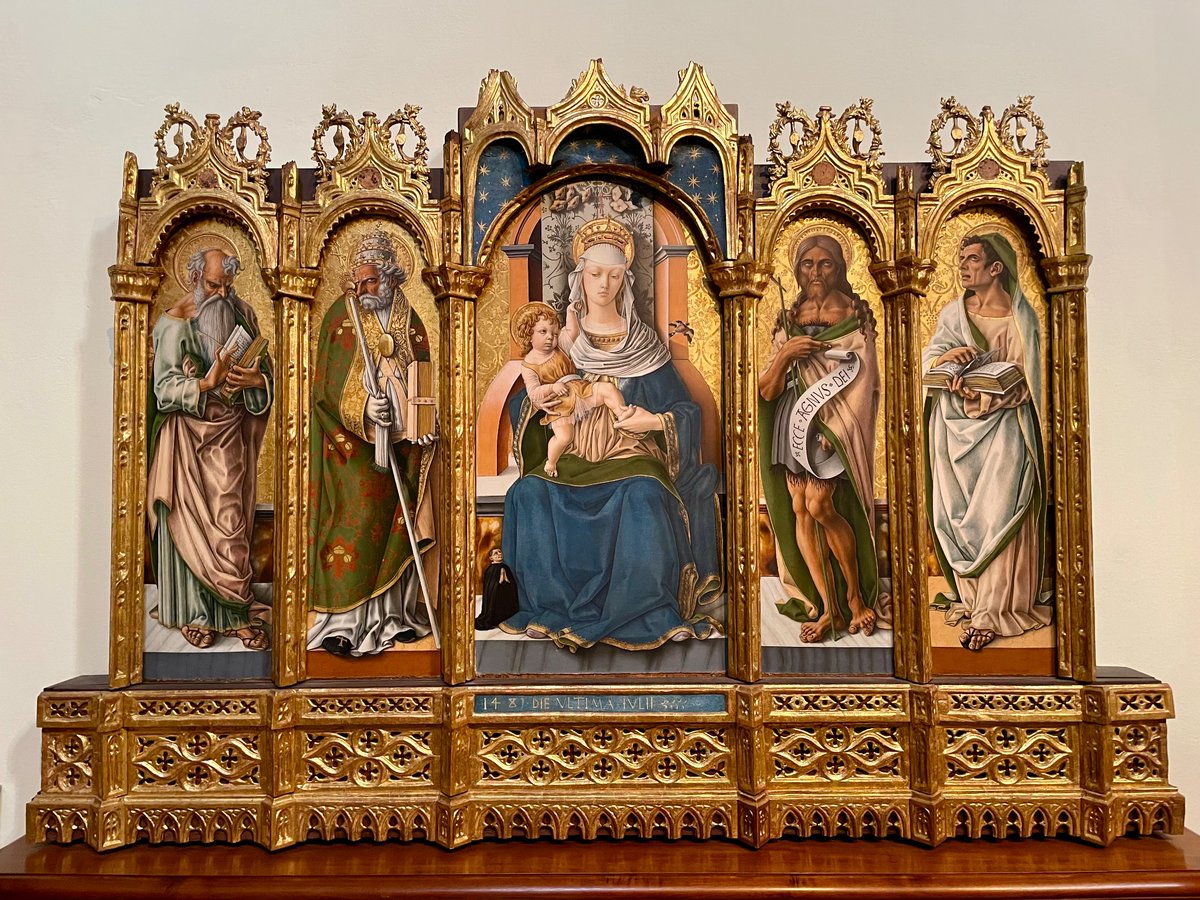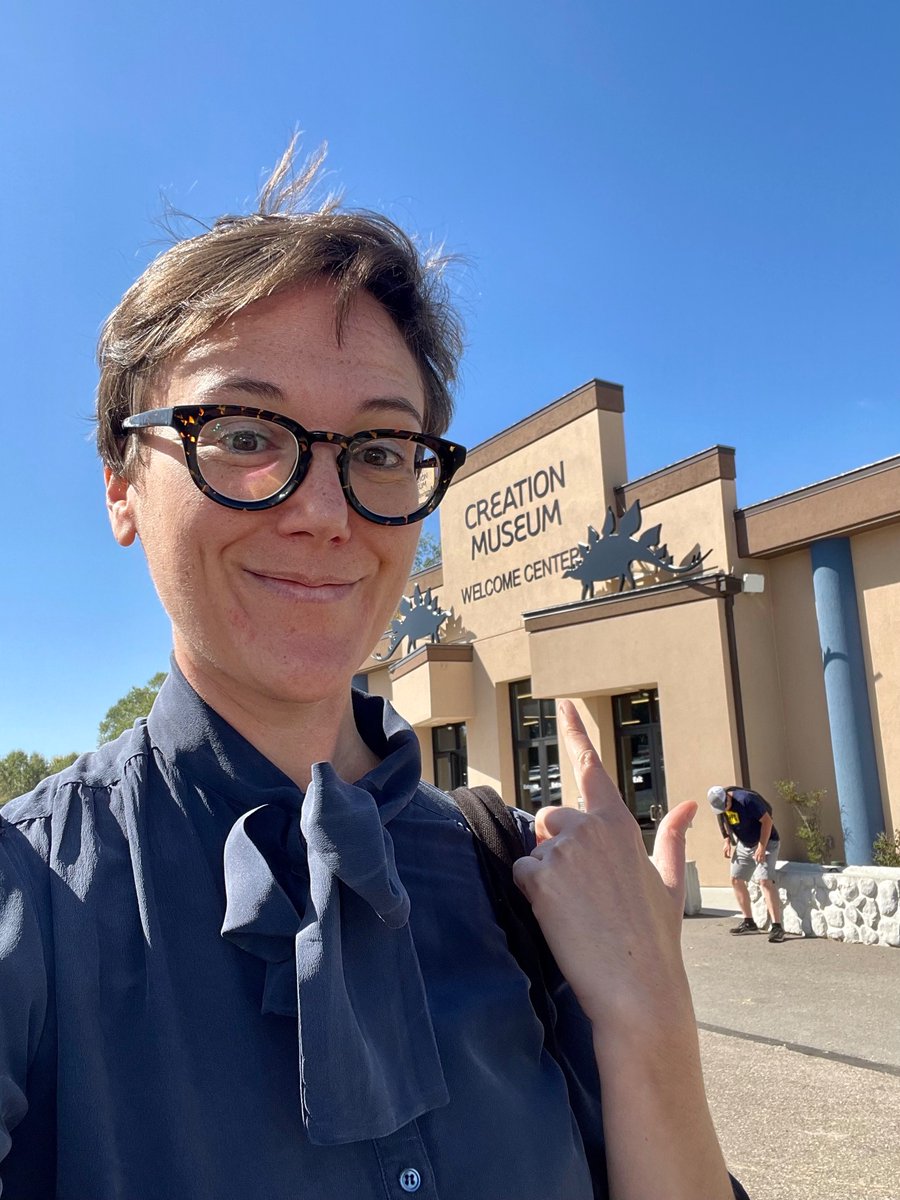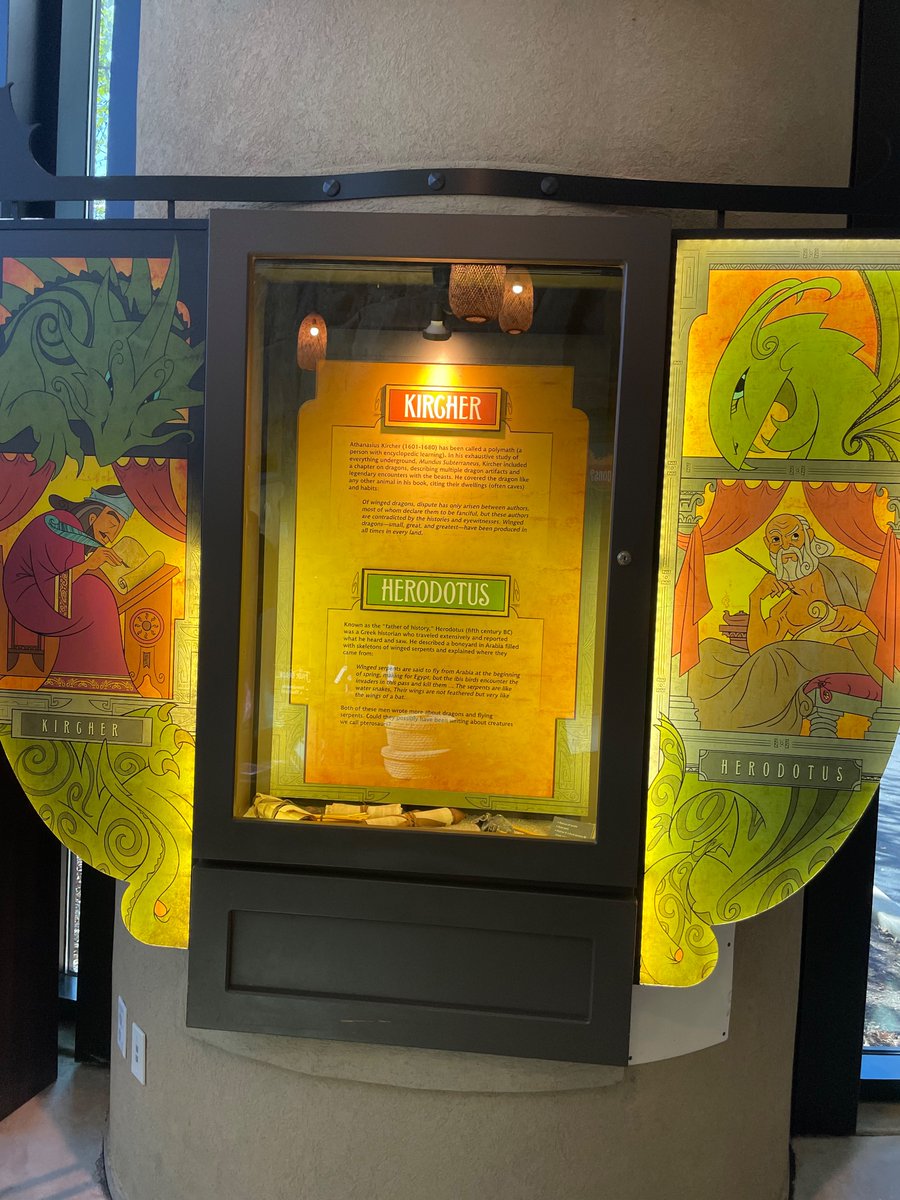FYI although its Saturday afternoon, this isn’t an academic overwork humblebrag. I just really want to finish this book! I mean, my kids are great, but do they dunk on collectors of fake precolumbian antiquities as magnificently as Nancy L. Kelker? 

I think she’s referring to this utterly ridiculous object (bbc.com/news/world-lat…) 

• • •
Missing some Tweet in this thread? You can try to
force a refresh




























